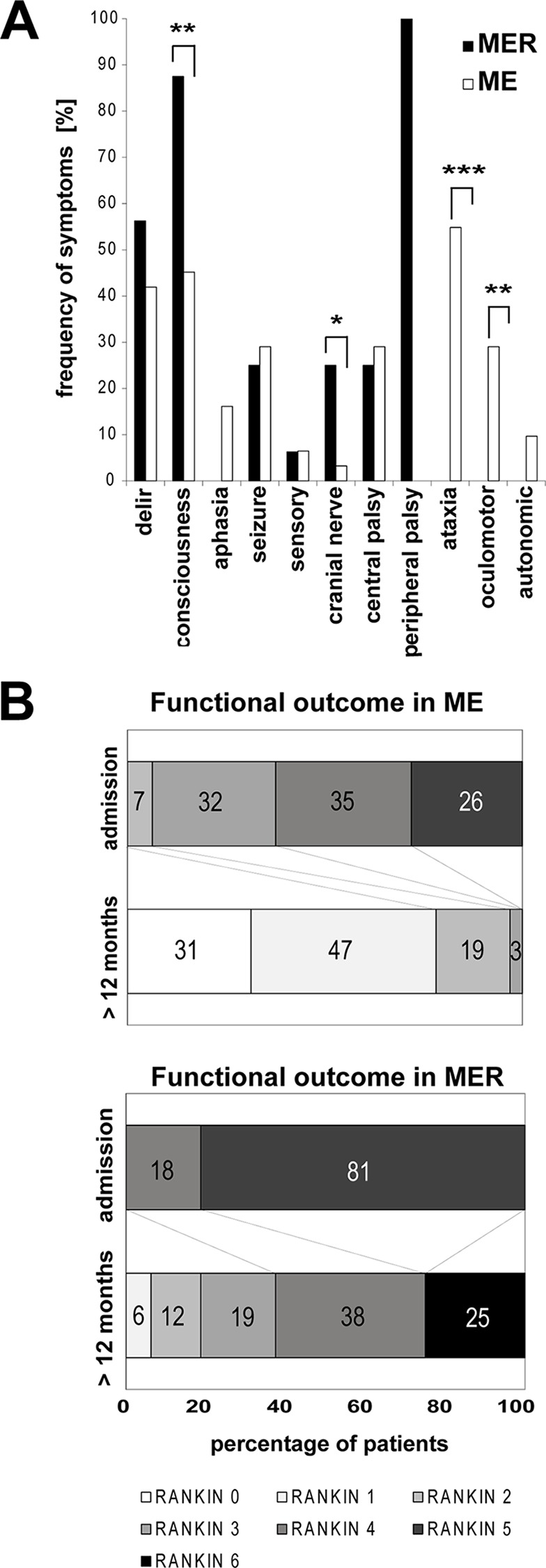Fig 1. Spectrum of neurological impairment in severe TBE.

Frequency of neurological symptoms during acute neuroinfection divided into complex (first four items) and focal neurological symptoms (following 7 items) in MER and ME, respectively (A). Note that peripheral palsy occurred only in MER and not in ME, owing to the clinical definition of these TBE variants. Significance is depicted as p < 0.05 (*), p < 0.01 (**), and p < 0.001 (***), calculated with Fisher’s exact test. Functional long-term outcome in severe TBE (B): Functional outcome of MER and ME according to modified RANKIN scale (mRS) [12] at admission compared with long-term outcome as shift analysis by degree of disability. Numbers within the bars are given in percent (rounded). MRS scale: 0, no symptoms at all; 1, no significant disability, able to carry out all usual activities, despite some symptoms; 2, slightly disabled, able to look after own affairs without assistance, but unable to carry out all previous activities; 3, moderate disability, requires some help, but able to walk unassisted; 4, moderately severe disability, unable to attend to own bodily needs without assistance; 5, severe disability, requires constant nursing care and attention, bedridden, incontinent; and 6, dead.
